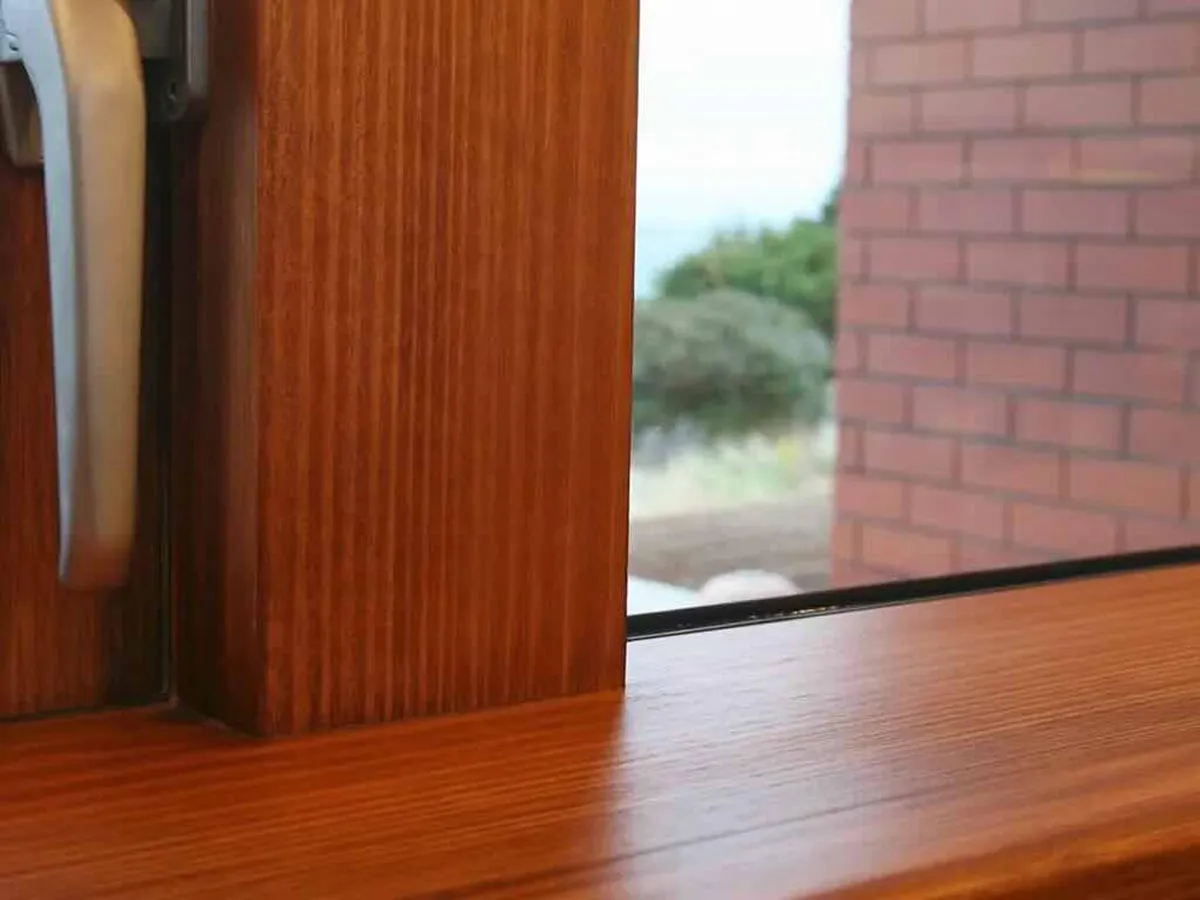Imagine a building where surfaces don’t just meet but leave a little space in between. These gaps, called reveals, are more than just decorative; they’re architectural details that elevate both form and function. Reveals prevent water damage, improve energy efficiency, and add visual interest to buildings. Join us as we explore the world of reveals in construction, where functionality and aesthetics merge to create architectural masterpieces.
What is a Reveal in Construction and Why Does It Matter?
In simple terms, a reveal is a design element that creates a visual break between two surfaces. Think of the recessed area around a window frame—that’s a reveal. It adds depth and dimension, making the structure more visually appealing.
But reveals are more than just pretty faces; they play a vital role in a building’s longevity and performance. Here’s why they matter:
- Enhanced Aesthetics: Reveals break up monotonous surfaces, creating shadow lines and highlighting architectural details. They can make a building look more sophisticated and visually engaging.
- Improved Functionality:
- Water Protection: Reveals act as a barrier, directing water away from vulnerable areas like windows and doors.
- Structural Support: They can help to distribute weight more evenly, preventing cracks and structural issues over time.
- Design Versatility: Reveals come in all shapes, sizes, and materials, making them adaptable to any architectural style.
Here’s a quick look at some common reveal types:
| Type of Reveal | Description | Example |
|---|---|---|
| Window Reveal | Recess around a window frame | Creates a visual frame, enhancing its aesthetic appeal |
| Door Reveal | Similar to a window reveal, but for doors | Makes the door stand out and adds a touch of elegance |
| Ceiling Reveal | A gap between the ceiling and the wall | Can make the ceiling appear higher, adding a feeling of spaciousness |
| Shadow Reveal | A small, recessed line that creates a subtle shadow | Adds visual interest and depth without being too overpowering |
How Do Reveals Enhance the Functionality and Aesthetics of Buildings?
Reveals are like the unsung heroes of architecture, subtly influencing a building’s look and performance. They protect your building from the elements and can be customized to match any design aesthetic.
Here’s how reveals enhance functionality:
- Weather Resistance: They act as a first line of defense against water damage, channeling rainwater away from vulnerable areas.
- Durability: Reveals can help to prevent wear and tear on building materials by minimizing exposure to moisture and debris.
- Concealed Infrastructure: They can cleverly hide structural elements, wiring, and other functional components while maintaining a clean, finished look.
And here’s how they enhance aesthetics:
- Visual Interest: Reveals create shadow lines and break up large, monotonous surfaces, making a building more visually appealing.
- Emphasized Architectural Details: They can draw the eye to specific design elements, such as a beautifully crafted doorway or the texture of a brick facade.
- Style Versatility: Whether you’re going for a sleek, modern look or a more traditional feel, reveals can be customized to complement any architectural style.
The choice of materials for your reveals also impacts both aesthetics and longevity.
| Material | Pros | Cons |
|---|---|---|
| Concrete | Durable, weather-resistant, affordable | Can be heavy, limited design flexibility |
| Stone | Elegant, long-lasting, unique variations | Expensive, requires skilled installation |
| Metal | Modern aesthetic, low maintenance | Susceptible to dents and scratches, can be noisy |
| Wood | Warmth, versatility, renewable resource | Requires regular maintenance, susceptible to rot |
Ultimately, reveals offer a powerful way to elevate a building’s design, seamlessly blending functionality and aesthetics.
Exploring Different Types of Reveals: Where are They Used in Construction?
Reveals are much more than just simple recesses. They are versatile design elements that architects use to shape a building’s visual impact while improving its performance. Let’s explore some of the different types and how they are utilized in construction:
Horizontal Reveals: These linear recesses run parallel to the ground, adding a sense of width and continuity to a building.
- Common Uses: Below window sills, above doors, or as a design element to break up large wall spaces.
Vertical Reveals: Running perpendicular to the ground, vertical reveals create a sense of height and emphasize verticality in a design.
- Common Uses: Between floors of a building, flanking tall windows, or as decorative elements on columns.
Corner Reveals: These are used to soften the sharp edges of a building, creating a smoother transition between walls and adding visual interest.
- Common Uses: At the corners of buildings, around window and door frames, or to create decorative patterns on walls.
Reveals and Sustainable Design:
Beyond aesthetics, reveals play a crucial role in sustainable design practices:
- Shading: Deep reveals can act as natural sunshades, reducing solar heat gain and minimizing the need for air conditioning.
- Daylighting: Strategically placed reveals can maximize natural light penetration, reducing reliance on artificial lighting.
- Ventilation: Reveals can be incorporated into building designs to facilitate natural airflow, improving indoor air quality.
Innovation in Design:
Modern architecture continues to explore innovative ways to use reveals. From unique materials to unconventional placements, reveals offer endless possibilities for creating visually striking and highly functional buildings.
Key Takeaways:
- Reveals are essential elements of design, adding depth and character to buildings while offering practical benefits.
- By understanding the different types and applications of reveals, we gain a deeper appreciation for the thoughtfulness and artistry that go into architectural design.
Considering a construction project of your own?
- If you’re thinking about buying property in South Africa, explore the cost of 2 bedroom houses in South Africa.
- Planning to build a boundary wall? Our boundary wall area calculator will help you determine accurate measurements.
- Interested in affordable housing options in the UK? Check out the prices of modular homes in the UK in 2022.
- Upgrade Your Table Setting: Best Salad Forks 2025 - June 26, 2025
- Sage Green Throw Pillows: Transform Your Home Decor - June 26, 2025
- Find the Perfect Sage Green Rug: A Buyer’s Guide - June 26, 2025










